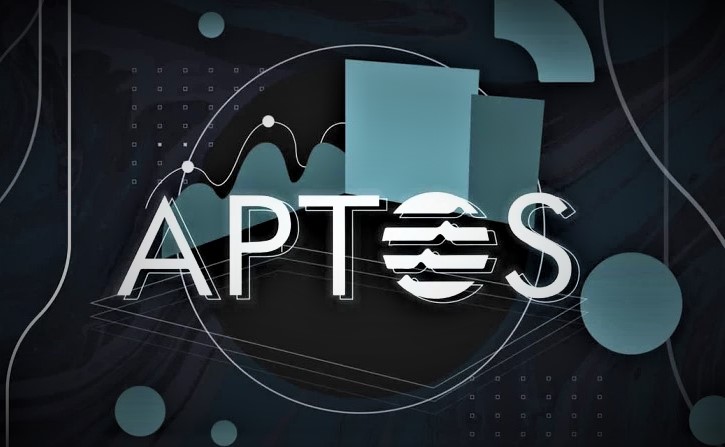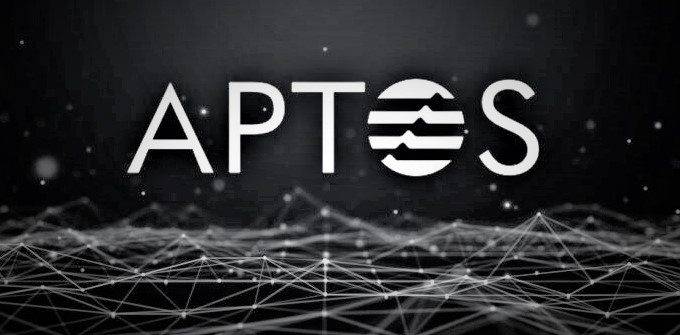
Top gainers – Aptos
24Hr
| Low:$8.05 | High:$12.66 |
The rise of blockchains as the new Internet infrastructure has led developers to release tens of thousands of decentralized applications in a rapidly growing number. Unfortunately, blockchain usage is not yet widespread due to frequent outages, high costs, low productivity, and many security issues.
To enable mass adoption in the Web3 age, blockchain infrastructure will follow the path of cloud infrastructure as a reliable, scalable, cost-effective, and scalable platform for building applications. is often used.
Aptos Coin introduces the Aptos blockchain, designed with scalability, security, trust, and scalability as core principles, to meet these challenges. More than 350 developers around the world have developed the Aptos blockchain in the past three years.
It features new and innovative features in contract architecture, smart contract design, system security, performance, and outsourcing.
History of Aptos
Mainnet was launched in October 2022 with the aim of redefining the Web3 user experience, but the history of the project goes back to 2019.
Me on Facebook. What is now called the Aptos chain was started by the Diem technology company. Meta (aka Facebook) is interested in the idea of creating a Libra coin. In an effort to lead digital currency, Meta acquired the Diem blockchain initiative. Things did not go as planned, at the end of 2021, Facebook’s blockchain saga came to an end. Diem was sold to Silvergate Capital for $182 million.
After the sale, some employees decided to pursue the open demand for blockchain and founded Aptos Labs.
This is Aptos. In December 2021, Aptos was born as an independent project that brings together passionate leaders and engineers who believe in blockchain technology. They received millions from Andresen Horowitz and other Web3-focused VCs – enough for a good devnet and testnet system.

Main network. The journey from Aptos to Mainent took less than a year.
On October 17, 2022, Aptos “Autumn” Mainnet passed away. A few days later, the Layer 1 service added naming services and entered into a time agreement with Google Cloud. The next steps in the Aptos roadmap are (1) attracting new Web3 services, (2) deploying advanced TPS, and (3) performing design and optimization. Aptos Labs team
Aptos Labs, the team behind the Layer 1 project, isn’t exactly a newcomer to blockchain technology.
The Aptos Labs roster includes former executives and engineers from Meta’s Diem blockchain, Meta’s Novi wallet, and the Move programming language. CEO Mo Shaikh has a diverse background in capital markets, research and analysis.
Aptos money
In the first seven months of the devnet stage, Aptos raised $350 million. The first investors on board were Andreessen Horowitz, a16z and Multicoin. They earned as much as $200 million.
As of July 2020, Aptos Labs has raised $150 million from Apollo, Griffin Gaming Partners, Franklin Templeton, Circle Ventures, and Temasek. Clearly, Jump Crypto is leading the funding round with… FTX Ventures (Covering of the FTX saga). Binance also added an unspecified amount in March and September 2022.
Working Principle of Aptos blockchain
Aptos blockchain uses a flexible programming language (Move), a modified data sharing technology, a consensus system and a state machine to achieve a scalable, fast and secure system. The Move programming language was successfully developed by the Diem team and used by the Aptos developers for the Aptos blockchain.
Move is a high-level programming language developed from Rust (programming language) with special capabilities in protocol and algorithm development. Just like the Solidity of the Ethereum blockchain, the core of the Aptos blockchain is built using a protocol inspired by Move.
The Aptos state machine is the Move Virtual Machine (MVM).
MVM is similar to Ethereum’s EVM (Ethereum Virtual Machine). MVM converts modules into bytecode that the Aptos blockchain can understand. The deployment module in this vein works as an Ethereum smart contract. A module is a piece of code that contains instructions for the Aptos blockchain.
The module turns the Aptos blockchain into a trading engine with the ability to support self-service transactions. This is possible if the user restricts the authorization request with the private key.
Top key Features of Aptos Blockchain
Aptos uses the core of the old Diem blockchain and Move, a Rust-based programming language developed by Meta itself. The company also claims that the network will be able to process more than 130,000 transactions per minute using the execution engine (Block-STM), which translates into lower transaction costs for users.
For context, most blockchains either execute smart contracts sequentially or require a massive parallel workload for improved performance, which requires a lot of power. Aptos differs from other blockchains because a single failed transaction will not hold up the entire chain. Instead, all transactions are treated at the same time and support it after this.
The stomach failed to disagreed, because of their memory (market protection) of a book detector and manage tension. As a result, the combination of these technologies increases the production capacity of the entire network, which is the main obstacle for other layer 1 blockchains.
This is a brief summary of Aptos’ smart contract as per their white paper published in August 2022. .
Their model is based on cloud infrastructure as a scalable and cost-effective platform for building widely used applications.
Aptos allows DeFi operations on its blockchain. To date, there are more than 30 DeFi projects in the Aptos ecosystem. These services include exchange rate changes, loan procedures, and liquidation. Aries Markets is an example of this – a trading protocol

